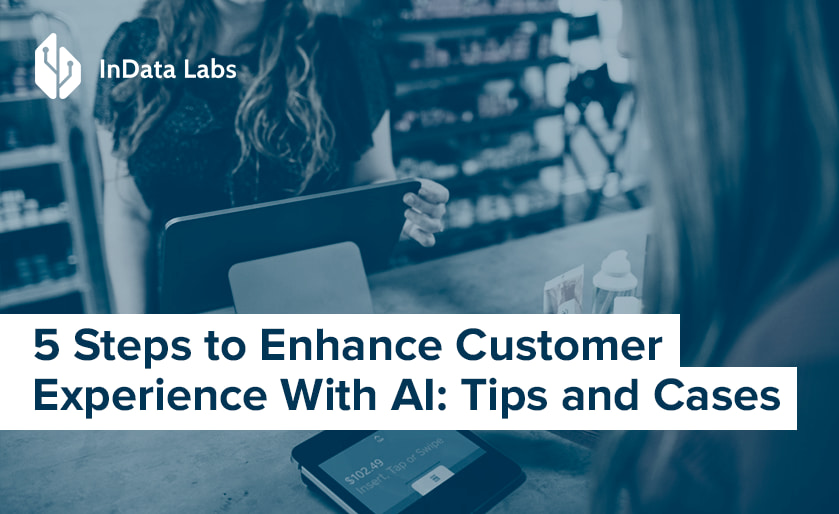In the age of digital transformation, customer experience statistics have become one of the most important differentiators for companies. Today, businesses are vying for demanding customers and beefing up acquisition and retention strategies.
According to KPMG, around 20% of businesses have up-leveled their personalization strategies in 2021. Over 17% of brands think that minimizing customer effort and creating frictionless processes promotes experience excellence. Therefore, customer service improvement is now either a brand’s primary differentiator or a critical differentiator.
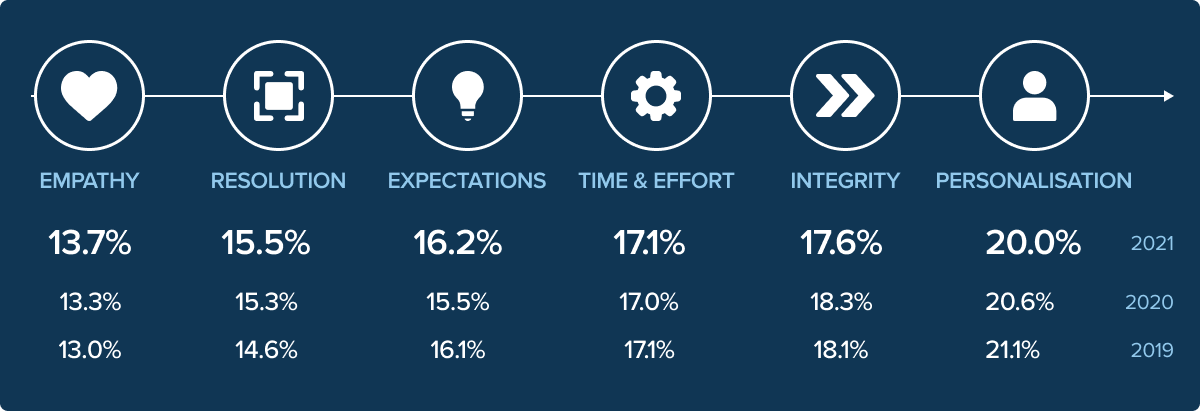
Source: KPMG
In this blog post, we will explore the importance of customer experience and discuss customer experience stats dominating the current market.
What is meant by customer experience?
Customer experience or CX is bandied about a lot in business circles, but what does it actually mean? In essence, customer experience refers to the total of all the interactions a customer has with a company across all channels. This can include everything from the initial research phase and product selection to post-purchase support and feedback.
Good customer experience is essential for companies as it can help differentiate them from their competitors and build loyalty among existing customers. Companies that focus on customer experience consulting see a higher return on investment, lower customer churn rates, and increased profits. Therefore, remarkable customer experience is critical to the sustained growth of any business.
AI-driven customer experience stats
Rethinking CX as a valuable asset is a relatively new trend. This upward tendency is the direct result of the pandemic where business profits and resilience were at mercy of unique experiences or otherwise differentiated services.
The impact of COVID-19 on client behavior was immediate and irreversible. Thus, purchases and interactions have shifted online, shaping a more digitally savvy client. At the same time, artificial intelligence has gained more prominence as businesses strived to outperform their rivals.
As a result, artificial intelligence was chosen as an imperative due to the evolving customer experience data during the pandemic. Multiple research papers attest to the mutually beneficial relationships between AI and customer experience.

Source: IBM
Moreover, intelligent tools and software deliver unmatched value when it comes to satisfying client experiences. Along with tech-driven values such as enhanced decision-making, companies also get a deep insight into their client profiles, thus generating more profit.
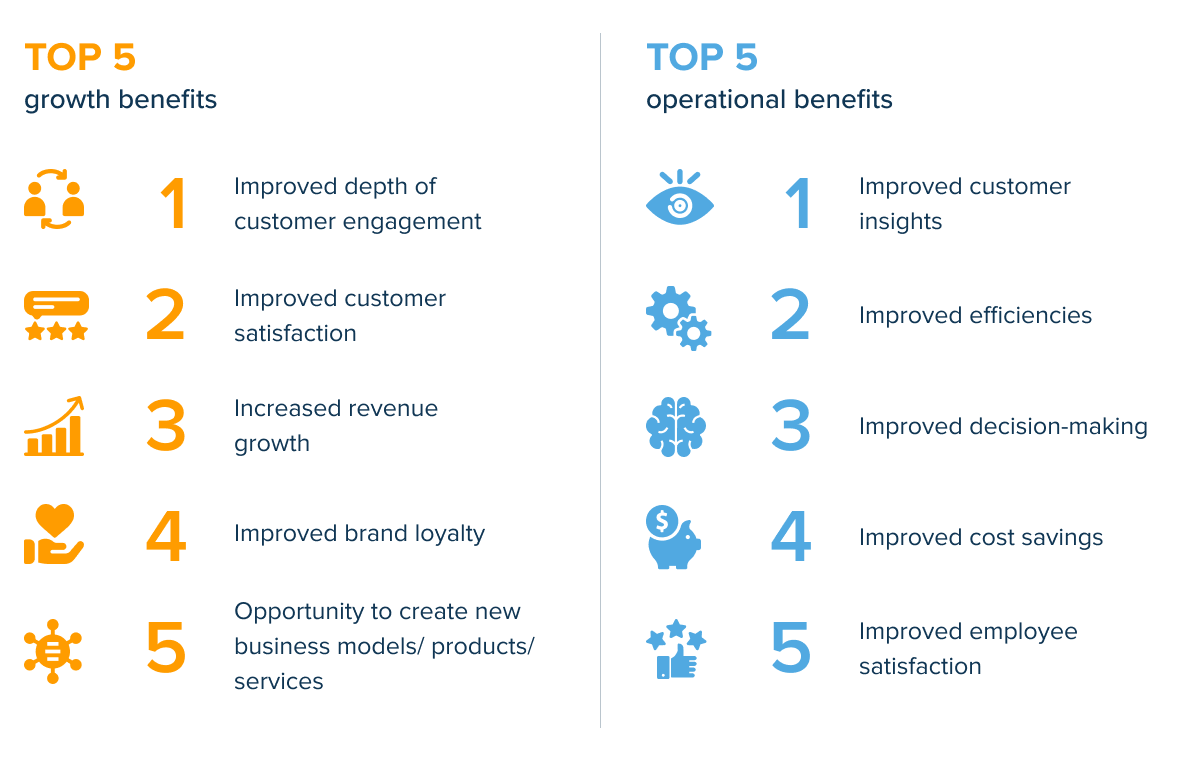
Source: IBM
Customer experience examples: highs and lows
There’s no single universal checklist that outlines the greatness of customer-brand relationships. Positive CXs are granular, contextualized, and timely. Thus, companies deliver personalization at the footstep of the customer channel, establishing deep and personal connections.
Digital transformation goes hand in hand with satisfying interactions. Be it preference predictions or real-time analysis, AI solutions and robust customer experience databases facilitate a holistic vision of customers. A profound understanding of a buyer persona, in turn, leads to higher sales and increased satisfaction among clients.

Source: Unsplash
Here are some customer experience stats to back up the rationale:
- Around 60% to 70% of respondents consider up-to-date technology important, while around 30% are ready to pay more for tech-savvy initiatives.
- AI customer service accounts for a 300% to 600% increase in customer response rates as well as a 10% to 50% churn reduction.
- Early benefits from сonversational AI include the growth of global AI-derived business value by an average of 30% annually.
On the contrary, negative client service is commonly alluded to as generic, impersonal, and irrelevant. A business is plagued with bad interactions when it fails to meet customer needs and expectations.
The latter can fall into the criteria of service quality, response time, or overall customer experience. Outdated technological setups with no AI customer service or data governance leave valuable insights siloed across departments. Thus, an incomplete client image hampers effective customer experience reporting and positive impressions.
Here’s how bad customer experience statistics influence overall brand well-being:
- 27% of Americans are frustrated with ineffective service, considering it the number one frustration.
- Companies lose around 32% of customers after just one bad experience.
- Only 15% out of 1100 respondents have access to a comprehensive view of customer data.
- 33% of customers abandon a business relationship due to a lack of personalization.
Importance of customer experience statistics
The value of meaningful interactions has been reinforced by client-first companies. Starbucks, IKEA, Amazon, and other brands have set the blueprint for quality CX and shaped buyer expectations for brand interactions.
- Starbucks reported $4.87 billion worth of revenue from its operations worldwide in 2021 compared with $1.56 billion in 2020.
- In 2021, the American Customer Satisfaction Index (ACSI) score of Amazon was 78 out of 100 ASCI points. In 2019, 89% of buyers said that they’re more likely to buy products from Amazon than other ecommerce sites.
- IKEA’s online channels welcomed over 5 billion users in 2021 with online retail sales increasing by 73%.
These CX statistics are a towering testimony to the importance of establishing a positive rapport with buyers. A superior customer experience acts as a blessing for the client and sets the company apart from its competitors. Advocating a client-centric philosophy also allows companies to reap the following benefits:
- More loyals: Over 90% of customers who love the service will buy from the company again.
- Reduced acquisition costs: it’s 5X more expensive to win over a new client than retain an existing one.
- Unlocked revenue: 86% of buyers are willing to pay more for a great CX. According to Gartner customer experience figures, almost 50% of companies see a direct link between CX and financial benefits.
- More recommendations: Consumers who are satisfied with a company’s service are 38% more likely to recommend that brand.
- Higher lifetime value: A track record of warm interactions promotes brand loyalty and results in over 300% higher lifetime value for retailers.

Source: Unsplash
Moreover, good CX is deemed as an added business value that boosts competitiveness in the market. Thus, better external communication helps companies leverage their reputation to attract new clients and gain the ones dissatisfied with other services.
Although perceptions of CX delivery as a differentiator vary greatly, over 55% of companies rank CX as a core differentiator. Another 23.6% view it as a secondary enabler, while 14.2% are hesitant about CX’s status in business competition.
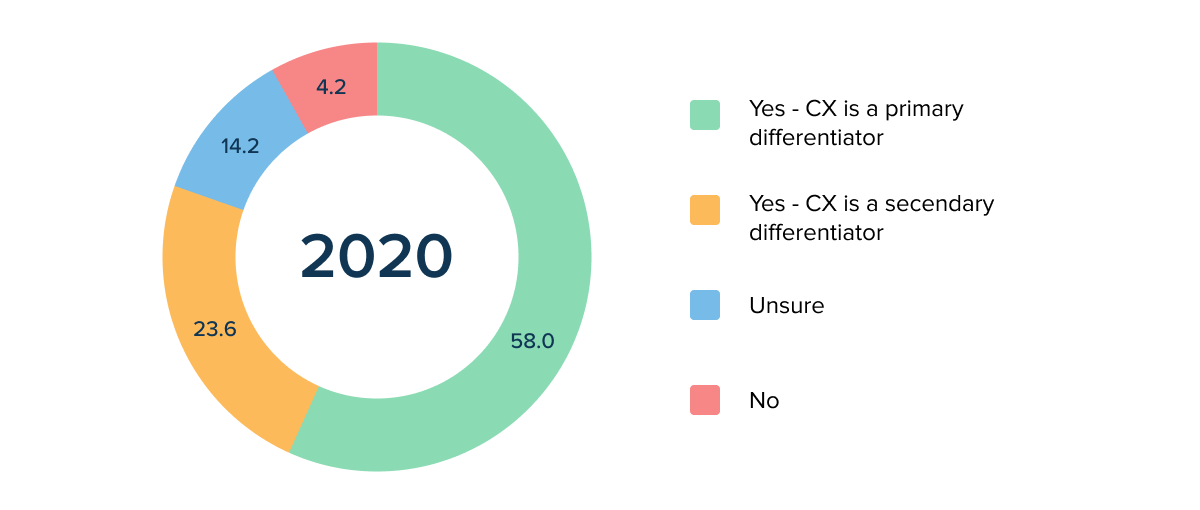
Source: NTT
Brand values impact statistics on customer experience
Consumer perceived value deviation has a great say in classifying interactions into positive or negative. Typically, any company channels its mission and vision through services and products. Be it family or money, a brand’s philosophy is directly tied to client perception. Therefore, well-done branding forms a long association with the company and a positive word of mouth.
Here are some numbers on consumer values given by Ipsos, Edelman and KMPG:
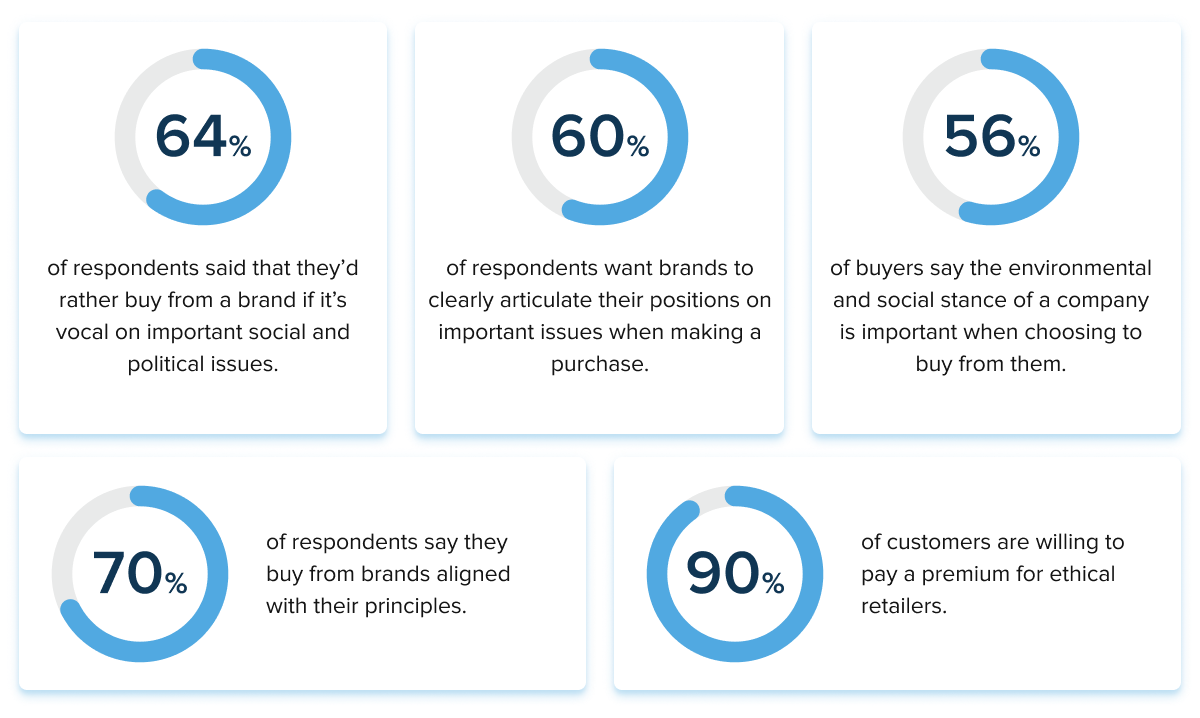
Moreover, outlining brand values helps businesses set more contextualized relationships with their target audience. Clearly articulated values and stand on social matters also add uniqueness to the brand image and consistency to marketing initiatives.
Multichannel customer experience data
The importance of customer experience statistics is often associated with the omnichannel presence among companies. When a business is present at every point of their clients’ journey, it allows companies to deliver a seamless and consistent strategy across platforms and offline touchpoints. Thus, an omnichannel approach creates an integrated experience no matter how or where a buyer gets on board.
During the pandemic, digital adoption had a growth spike. According to B2B customer experience statistics by McKinsey, utilities, and insurance had the largest influx of new users, each jumping 46%. Other industries have also embraced online channels, yet at a slower rate.

Source: McKinsey & Company
With that in mind, companies have doubled their omni channel initiatives over the last few years. According to customer experience management statistics, brands now bet on more intelligent digital channels powered by artificial intelligence. In particular, the usage of AI bots and smart self-service tools spiked by 100%.
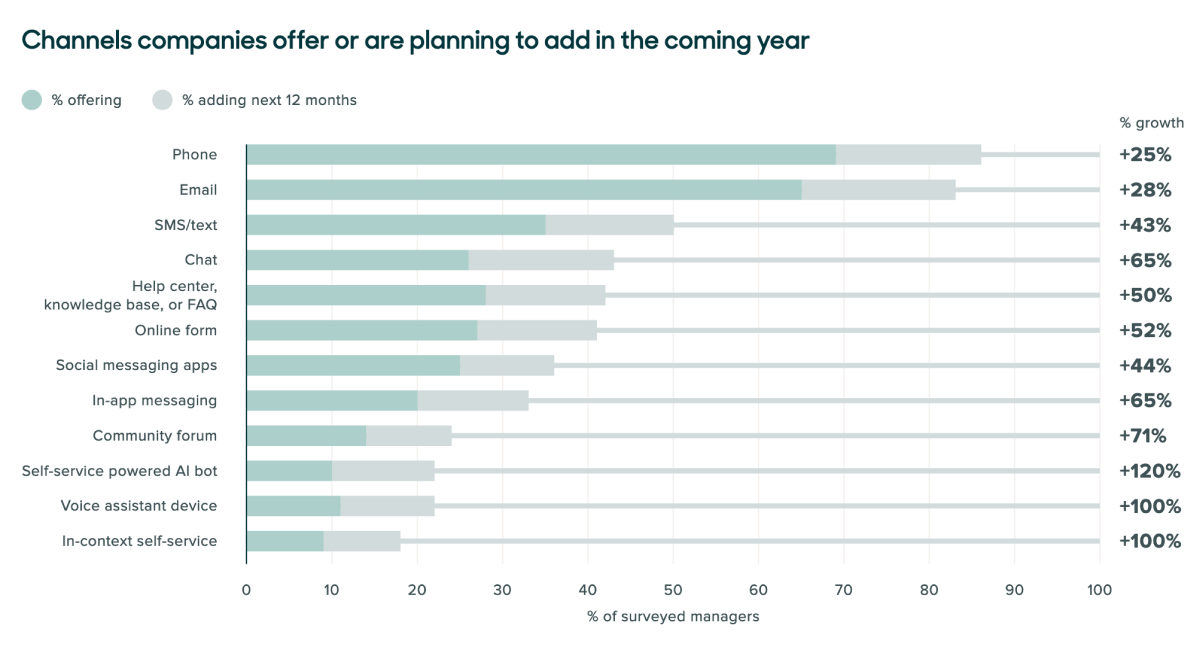
Source: Zendesk
Along with virtual assistants, AI-based applications are becoming omnipresent across all digital channels.

Omnichannel statistics about customer experience further attest to the dominance of a rich digital ecosystem. All generations have acquired more exposure to social media and other online destinations compared with the pre-pandemic years.
Here’s what digital customer experience (statistics) has to say about multi-presence:
- Over 72% of U.S. adults use at least one social media site.
- 95% of marketers realize the importance of multichannel marketing, while only 73% have a corresponding strategy in place.
- 51% of companies target at least eight channels to interact with customers, according to Aberdeen CX statistics.
- Around 90% of users prioritize consistent interactions across channels.
- 82% of shoppers tend to google an item from their smartphones while making an in-store purchase.
Technology to serve multi-channel interactions
However, the omnichannel philosophy is impossible without marketing automation and tech-savvy environments. The latter eliminates the lack of clarity that hobbles any omnichannel excellence.
In particular, automation tools can deliver unique encounters for every user by delegating decision-making to your customer data. Thus, a single data warehouse with exhaustive customer profiles puts a great “last-mile” face on interrupted customer interactions and makes up for hours of manual effort.
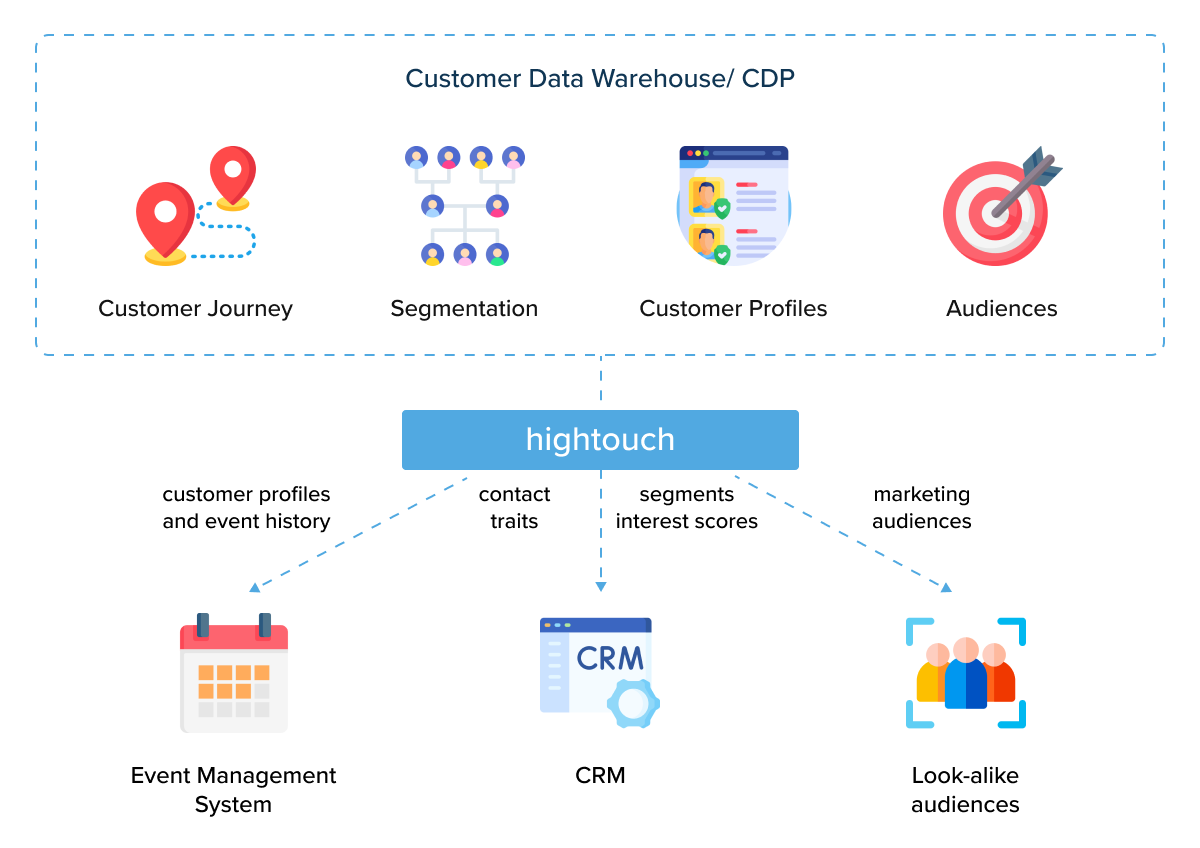
Technical excellence also supports critical CX enablers. Not only does intelligent software serve visitors at the right time and place with personalized offers, but it also helps establish successive flows across channels.
These CX statistics highlight the core elements of a perfect customer journey across channels. All of these building blocks can be supported by AI-fueled software and business intelligence tools.
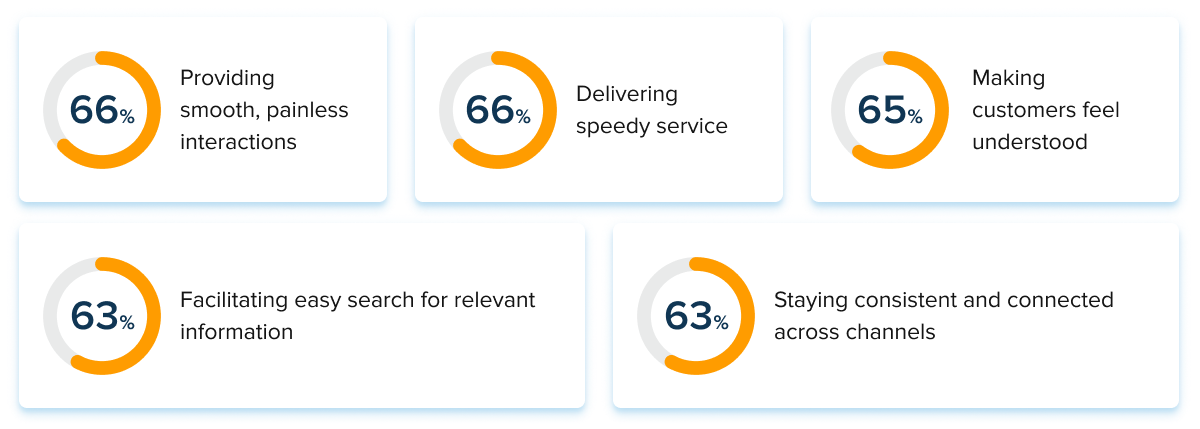
Source: Pega
Most critical components of CX
- Providing speedy service
- Enabling elegant, painless interactions
- Ensuring that customers feel understood
- Making relevant information easy to understand
- Being consistent and connected across channels.
The tipping year of 2020 has also revealed a persistent micro-trend that ties brand success with its technical proficiency. A growing number of consumers want more exposure to technology that grants more buying enablement.
According to IBM, awareness of new shopping technologies has surged above 90%. Thus, over 70% of respondents are already using or want to try visual search, while 50% of clients are interested in VR smart tools.
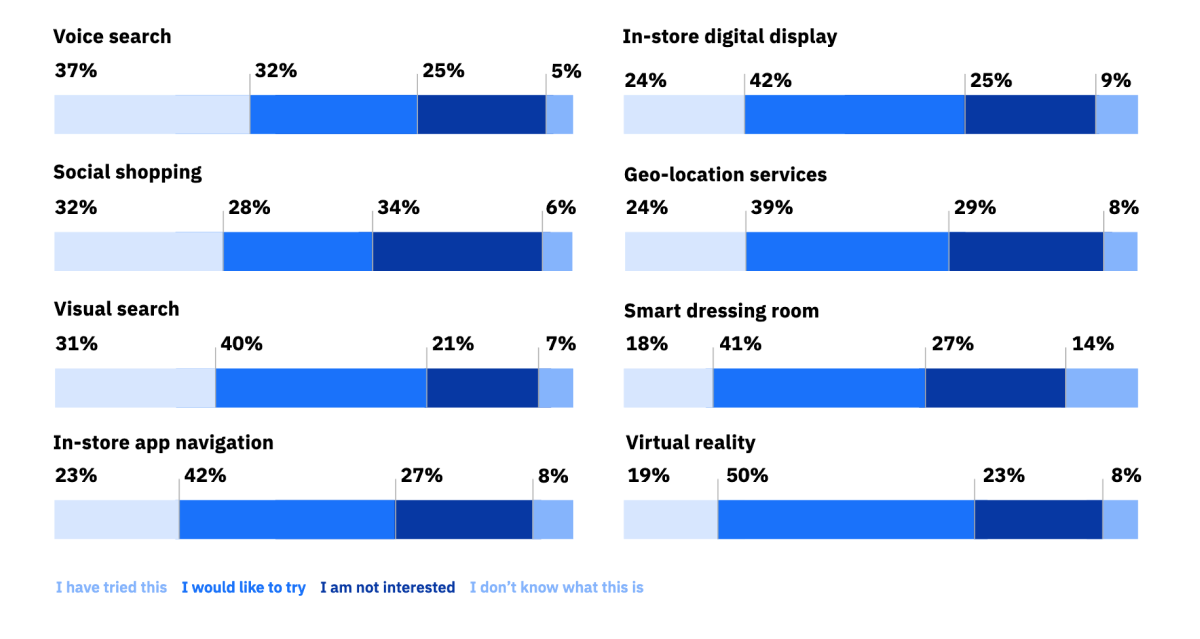
Source: IBM
AI applications go mainstream
Today, AI solutions are being used in customer experience to provide solutions to customer service requests and improve the quality of customer service. Smart algorithms can analyze patterns, learn on the go, and even predict client needs. This is especially helpful for companies that have a diverse range of customers with different needs and preferences.
According to customer engagement (statistics) by Oracle, companies employ intelligent technologies to empower self-service and improve customer journeys. A profound understanding of a buyer is also among core AI application fields with 24% of companies using AI research.
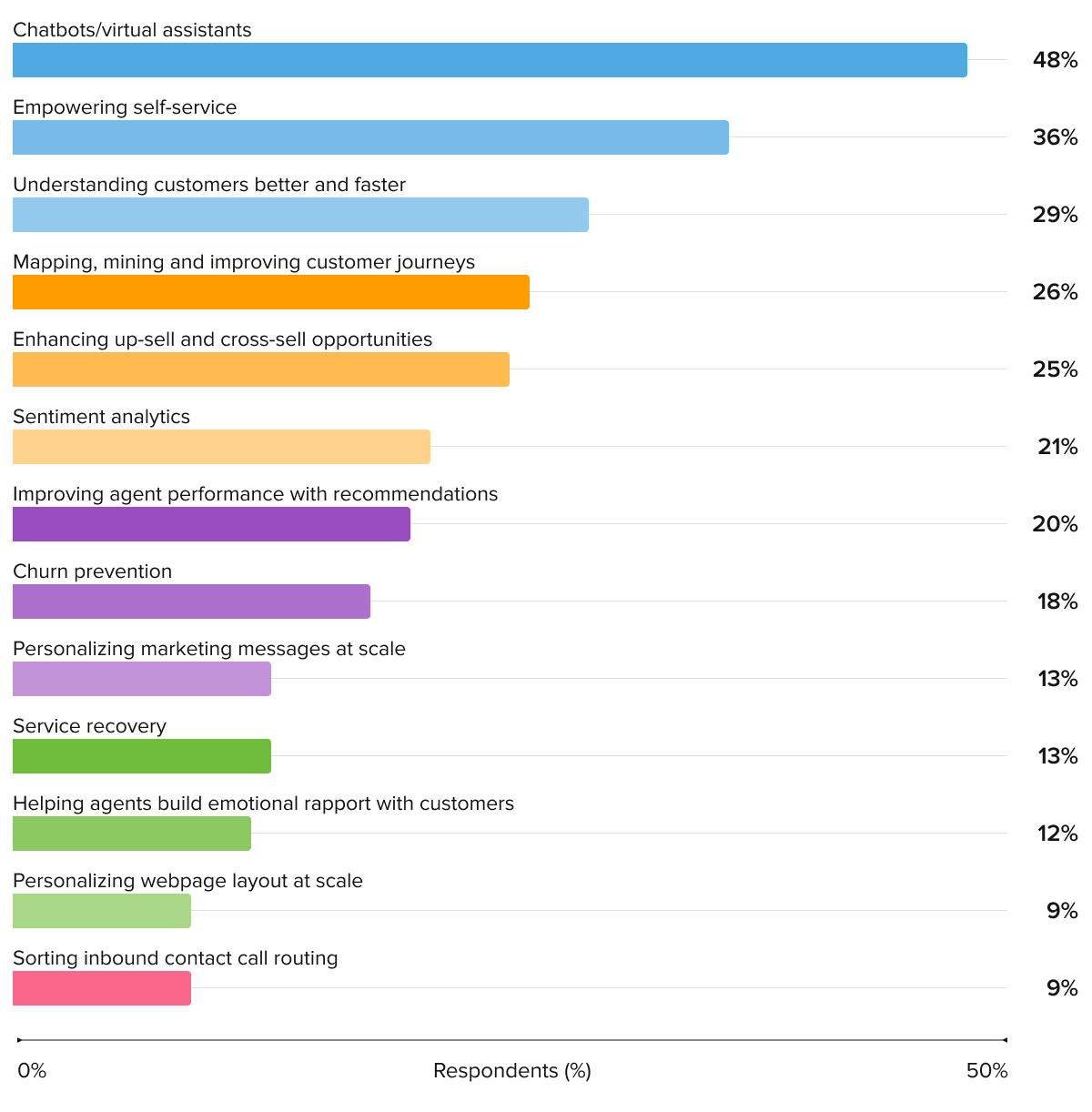
Source: Oracle
The pandemic fallout has also impacted the rise of artificial intelligence in CX. Touchless interactions have become the norm with more clients demanding hand-free experiences. Facial recognition, virtual assistants, and voice detection spearhead a wide adoption of touchless journeys.
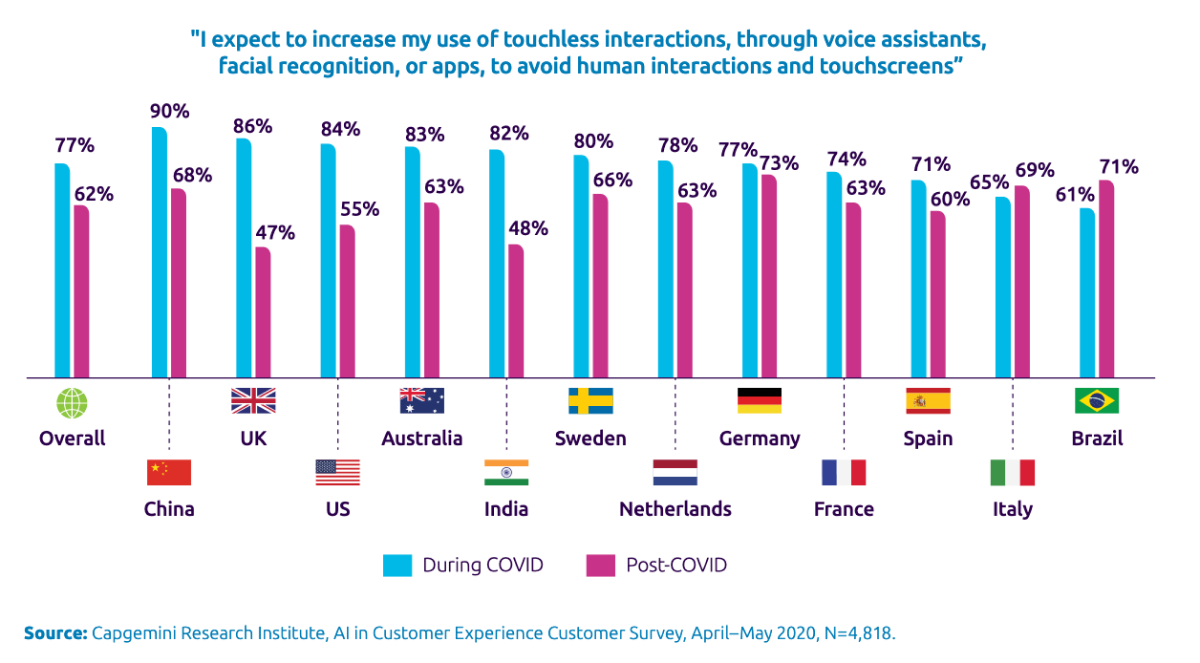
Source: Capgemini
Sentiment analysis has spread its wings during the pandemic as well. Sentiment tools analyze the data footprints of experiences to identify unhappy customers and take actions to prevent them from churning. This technology can also help companies track the positive sentiment around their brand and product to understand what customers are saying.
Thus, the global text analytics market equaled $5.46 billion in 2020. By 2026, it is projected to reach over $14 billion.

Source: Mordor Intelligence
Your takeaway from customer experience stats
When it comes to a company’s success, it is not just the bottom line that is important, but also customer satisfaction. Happy customers are more likely to return, refer their friends and family, and become long-term buyers.
All of this boils down to one simple thing: good customer service is essential for any business. Here are your key considerations based on current statistics on customer experience.
Experience-led companies have 1.6x higher brand awareness, 1.5x higher employee satisfaction, and 1.9x higher average order value. Over 90% of consumers are more likely to shop with brands with personalized recommendations.
Marketers shifted their priorities to focus on automation, personalization, and testing as their top three.
It means that the year 2021 marked a milestone in making interactions more tailored and contextualized. On this note, artificial intelligence has surfaced as the number 1 enabler of personalized CX. Thus, almost 50% of US marketers have grown CX-related AI investments from 2020 to 2021.
Therefore, the comprehensive data in place and intelligent setup will be the main tools of digital-savvy companies in the years to come. Sentiment analysis, automated marketing, and smart mapping will stay at the forefront of the customer-first mindset.
Enhance customer experience with AI
Schedule an intro call with our AI consulting experts to explore your business and find out how we can help.

